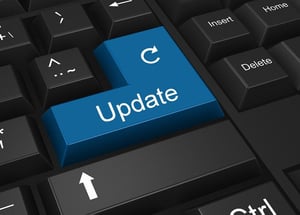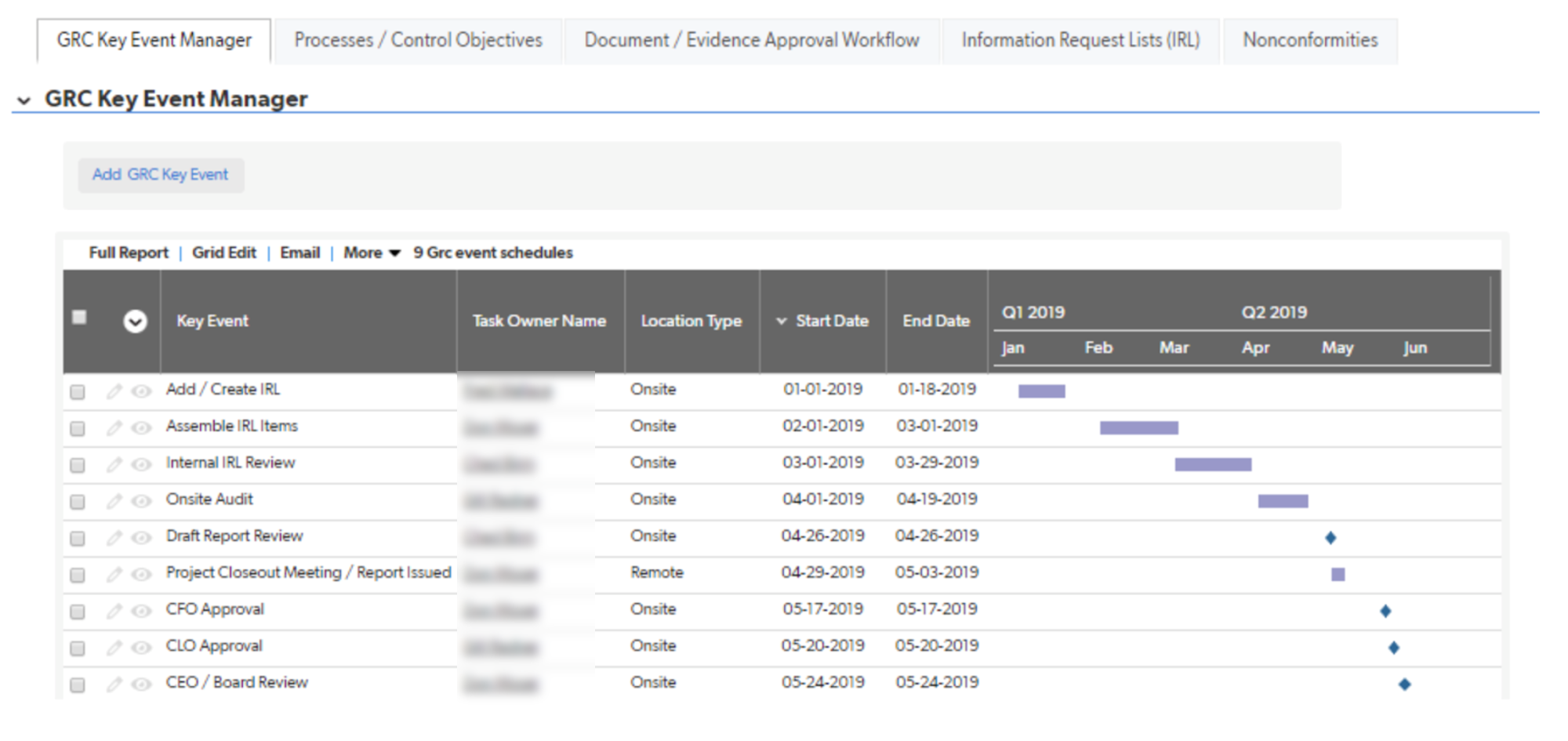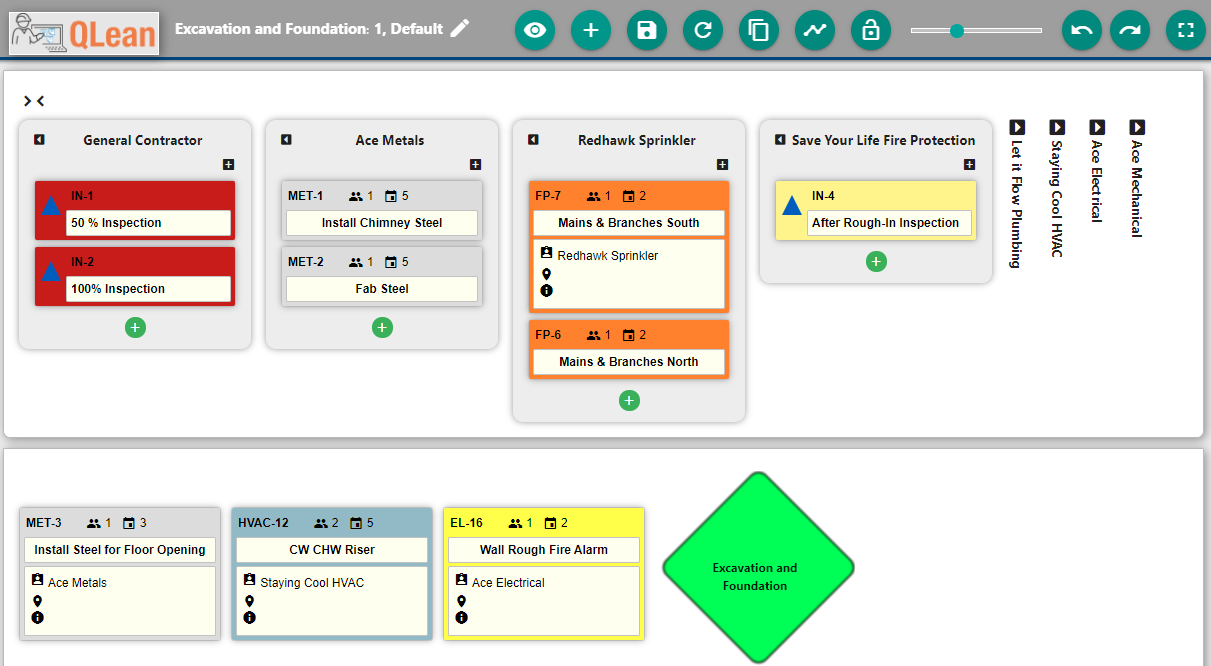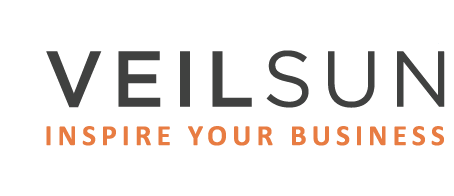
It’s kind of tragic that so many companies continue to waste time, money, and energy trying to manage compliance via spreadsheets and email. It’s definitely the norm, and it’s also why compliance audits are inevitably painful. But they really don’t have to be.
If you want to get out of the vicious cycle, the first step is to move your compliance management out of email and into a more functional, streamlined system. The good news is that compliance management software does exist, and it will make your job (and everyone else’s) much, much easier. No matter which system you choose, there are a few key capabilities to look for when deciding on a compliance software solution..
Does it provide an effective way to gather evidence?
Audits inevitably cost people time and effort. This is just the reality of compliance. A tremendous amount of energy goes into gathering, organizing, and vetting evidence. Therefore, how a system handles evidence collection, vetting, and storage is probably the most important set of capabilities to consider.
Does the compliance software offer a way to assign responsibilities for each piece of evidence? Is it easy to access that evidence once it’s collected? Can you quickly check the evidence provided against the audit request?
In an ideal world, you’d be able to get a system in place for continuous compliance and make compliance an ongoing process rather than an inevitable scramble. However, finding a software that will help you better manage the evidence collection process -- regardless of timing -- will absolutely help make compliance audits less painful. A good compliance software will provide you with a common portal for requests, evidence, and assignment of requests, and it will allow you to track progress against each of those requests.
Does it help you manage corrective actions post-audit?
The hope, of course, is that you get through an audit without any findings. Nobody wants to get to the other side only to end up with a qualified audit. Realistically, though, there will probably be some findings -- especially if continuous tracking isn’t part of your organization’s compliance framework.
So what do you do when an audit comes back with a set of qualifications? If your organization is secure except for failing to save entrance logs for your facilities for 120 days, or failing to review router logs, etc., how do you track your corrective actions and demonstrate that you’ve achieved compliance as a result?
Having a way to manage and track against an audit’s findings is another important factor in choosing a compliance software. Does it provide you with a clear path to track corrective actions? Can you see at a glance who is responsible and what the status is for each qualification?
Does it help you establish internal compliance plans?
Regardless of whether you pass your audit with flying colors, it’s important to be able to establish internal compliance plans to improve security and quickly adapt to any changes in regulations. Compliance expectations often change from year to year, and it’s important to be able to quickly adapt to those controls.
When compliance regulations change, how do you ensure you’re meeting the new standards? Is there a way to quickly disseminate that information and responsibility to your team? Can you both create and implement a plan to improve compliance in any area of your organization?
An effective compliance management software will allow you to create internal standards and action plans that you can then track against. It shouldn’t just be reactive to an audit request. Rather, you should be able to generate your own, ongoing compliance initiatives that will keep you prepared for any request an auditor might make.

Does it allow you to assign controls to control owners?
To effectively manage compliance, you have to be able to assign control owners. Regardless of the type of audit, you’re handling sensitive information on an ongoing basis, and it’s vital that you be able to assign ownership to each of the controls.
Just as an example, the National Institute of Standards and Technology (NIST) has a list of controls that are specific to any kind of an audit, many of which include multiple steps. If you want to effectively manage your compliance against those controls, you have to be able to assign control owners and have a system that establishes, on a routine basis, that your controls are in compliance.
Unfortunately, most organizations don’t assign control owners, so they only find out they’re not in compliance when an audit takes place or when they’re preparing for audit. Without ownership of controls, without anyone directly managing them, they don’t get done.
Efficient compliance software should provide you with a central system where all requests, controls and tasks are housed, assigned, and tracked.
Does it include easy reporting for executives?
While this feature may not be as vital as the others, a strong compliance system will provide you with at a glance status reports to easily share with upper management. If your VP of HR wants to know how people are doing for a SOC 2 audit coming up in April, they shouldn’t have to dig down into the weeds. They have a vested interest in knowing what’s going on, but they certainly don’t have time to dig through all your spreadsheets! Ideally, your executive team can open up your compliance software and instantly see who’s on time, who’s not on time, and who has and hasn’t been doing what needs to be done.
Having this kind of information at your fingertips is a great way to extend accountability throughout the organization. It creates additional oversight to compliance commands. It creates a system of record instead of out-of-band management
Good compliance software makes compliance a process, not an event.
We all know that compliance is not a money-making function for a business. It hurts when you get stung on an audit, but companies don’t want to spend money or time on it. However, if people in your organization aren’t assigned compliance controls, aren’t held accountable to those controls, and aren’t reporting on those controls on a continuous basis, then a qualified audit is practically guaranteed. It’s a fact of any business process that if nobody is managing it, it doesn’t get done.
Fortunately, effective compliance management software doesn’t have to cost your company an arm and a leg. VeilSun has created a flexible and inexpensive cloud-based platform, designed with each of these capabilities in mind to help you streamline compliance and alleviate the burden of audits. With the help of our compliance system, you can quickly and easily manage internal and external compliance activities in a tool that is simple, flexible, and secure.
To see these capabilities in action and get a sense of what this could look like for your business, contact us today!










